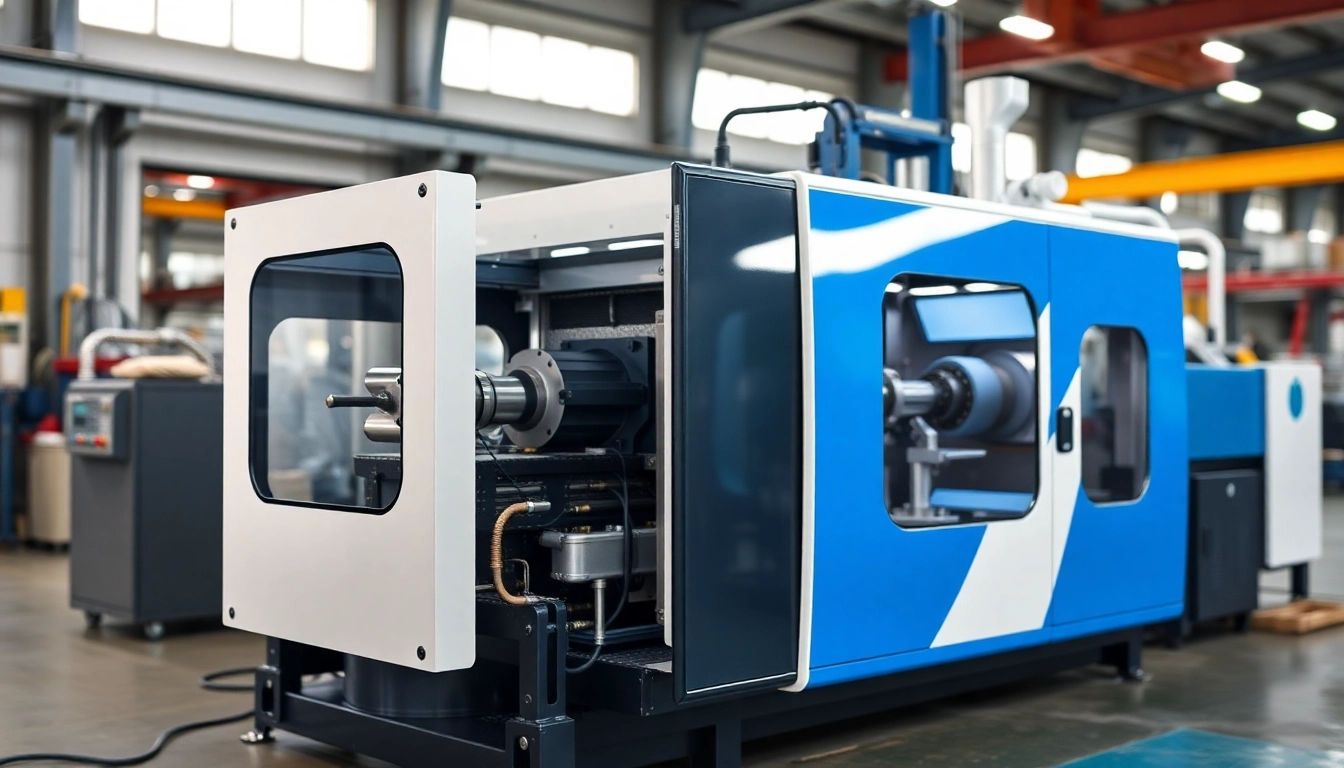Introduction to Machine Vision
In an era where precision and efficiency are paramount, machine vision emerges as a cornerstone technology across various industries. This advanced system combines hardware and software to allow machines to interpret visual data, effectively “seeing” much like humans do. From quality control in manufacturing to autonomous vehicles navigating complex environments, machine vision is transforming operations, redefining standards, and enabling unprecedented levels of automation.
What is Machine Vision?
Machine vision refers to the automated acquisition, processing, and interpretation of visual information by a computer. Leveraging advanced sensors (typically cameras), specific lighting setups, and powerful processing algorithms, the technology allows machines to perform tasks that require visual inspection. Whether it involves detecting defects in production lines or guiding robotic assembly processes, machine vision systems play a vital role in ensuring efficiency and quality.
Historical Context and Evolution
The concept of machine vision can be traced back several decades, initially aimed at assisting human operators in quality inspections. Early systems were rudimentary and often relied on analog technology. As digital image processing developed, the capabilities of machine vision expanded significantly. The advent of more sophisticated hardware and software, combined with the rise of artificial intelligence, has propelled machine vision into an era of remarkable advancements. Today, it encompasses various applications, from industrial automation to healthcare diagnostics and beyond.
Key Components of Machine Vision Systems
Understanding the components of machine vision systems is crucial to harnessing their full potential. The primary elements include:
- Cameras: The eyes of the system, capturing images and videos of targets.
- Lighting: Proper illumination is essential for quality imaging, aiding in the detection of features and flaws.
- Processing Hardware: This includes computers capable of executing complex algorithms and image processing tasks.
- Software Algorithms: The heart of machine vision that analyzes the captured data, performing tasks such as pattern recognition and measurement.
- Output Devices: Systems to relay results, which could include monitors, alarms, or automated responses in machinery.
Applications of Machine Vision
Machine vision finds relevance across multiple sectors, showcasing its versatility and capability to enhance operational efficiency. Here are some prominent applications:
Quality Control and Inspection
One of the most significant applications of machine vision is in quality control. Manufacturing processes can incorporate machine vision systems to identify defects automatically, ensuring that only products meeting predefined quality standards proceed through the production line. This capability not only reduces waste but also diminishes reliance on manual inspection.
For instance, major automotive manufacturers use machine vision to inspect components for flaws—both surface and structural. This level of scrutiny is crucial in maintaining safety and reliability standards in vehicles.
Robotics and Automation
Integrating machine vision into robotic systems enhances automation capabilities. Robots equipped with machine vision can adapt to varying tasks, such as identifying, sorting, and placing items accurately. This adaptability is particularly valuable in logistics, where robots can autonomously pick items, manage inventory, and streamline sorting processes.
In factories, machine vision-driven robots are utilized for tasks such as assembling products where components need precise alignment, which ensures efficiency and reduces human error. This technology supports the trend of smart factories transforming traditional manufacturing into more agile and intelligent processes.
Medical and Healthcare Uses
Machine vision extends its benefits into the medical field, where it aids in diagnostics and surgical procedures. Systems powered by machine vision analyze medical images such as X-rays and MRIs, enhancing the accuracy of diagnoses. These systems can detect anomalies that may be missed by the human eye.
Moreover, robotic surgical assistants utilize machine vision to assist in surgeries, providing enhanced precision and minimizing invasive procedures. This not only improves patient outcomes but also reduces recovery times.
Benefits of Implementing Machine Vision
The integration of machine vision technology offers myriad advantages, revealing significant potential for improvements in numerous operational aspects:
Increased Efficiency and Accuracy
Automating visual inspections with machine vision leads to increased throughput and reduced cycle times. As machines can analyze hundreds or thousands of products in a fraction of the time it takes a human operator, organizations experience enhanced efficiency. Furthermore, the consistency provided by machines ensures higher accuracy and reliability, significantly minimizing errors that can arise from human oversight.
Cost Reduction Strategies
Although the initial investment in machine vision technology can be significant, the long-term savings often outweigh these costs. By reducing the labor required for inspections and decreasing the waste associated with faulty products, organizations can realize substantial cost savings. Additionally, automation through machine vision leads to reduction in operational costs, less downtime, and ultimately, increased profitability.
Data-Driven Insights for Continuous Improvement
Machine vision systems not only inspect products but also generate valuable data. This data can be analyzed for trends and patterns that inform decision-making and operational strategies. For example, if defects are consistently identified in a particular batch, it triggers an investigation into production parameters, leading to process improvements and better overall quality.
Machine Vision vs Computer Vision
While machine vision and computer vision are often mentioned in the same breath, they refer to distinct concepts. Understanding these differences is essential for proper application and integration into various sectors:
Defining the Differences
Machine vision focuses primarily on industrial applications and automated systems, mostly involving structured environments where tasks are well-defined. It specializes in processing visual data captured from cameras and making immediate decisions based on that data.
In contrast, computer vision encompasses a broader scope, integrating artificial intelligence to analyze image data for varying applications, including but not limited to automated inspections. Computer vision systems may consider unstructured environments, supporting more complex tasks like facial recognition or scene understanding.
Integration in Industries
Machine vision has profoundly impacted manufacturing and industrial automation. On the other hand, computer vision is widely applied in diverse fields such as security, retail, and autonomous vehicles. Both technologies utilize similar fundamental principles but cater to different needs within distinct sectors.
Future of Vision Technologies
The future of machine vision is incredibly promising, especially with advancements in AI and deep learning. As these technologies continue to evolve, we can expect machine vision systems to become even more adept at recognizing complex patterns and anomalies. Future applications may encompass wider fields, including smart city infrastructure, autonomous navigation systems, and enhanced diagnostics in healthcare.
Challenges and Solutions in Machine Vision Implementation
Despite the multiple benefits of machine vision, organizations often face certain challenges during its adoption and operation:
Common Obstacles in Adoption
One of the significant obstacles in adopting machine vision is the cost of implementation, which includes procuring hardware, software, and the necessary infrastructure. Additionally, the integration with existing systems can pose challenges, making it essential for companies to have a strategy in place before deployment.
Technological Advancements
As technologies advance rapidly, businesses must stay updated on the latest innovations that can enhance machine vision effectiveness. Staying connected with industry developments can help organizations adopt new solutions that address existing challenges in flexibility, accuracy, and speed.
Best Practices for Successful Integration
To successfully implement machine vision, organizations should start by conducting thorough assessments of their needs and defining clear objectives for the application of the technology. This approach helps identify potential hurdles beforehand, enabling the selection of appropriate systems and ensuring seamless integration with existing processes.
Moreover, continuous training for staff and periodic review of the machine vision systems can foster better adoption and optimize performance, ensuring the full benefits of this transformative technology are realized.


